34+ Sample Notes
-

Lecture Notes
download now -

School Notes
download now -

Meeting Notes
download now -

Violin Notes Chart
download now -

Case Notes
download now -

Notes School Planner
download now -
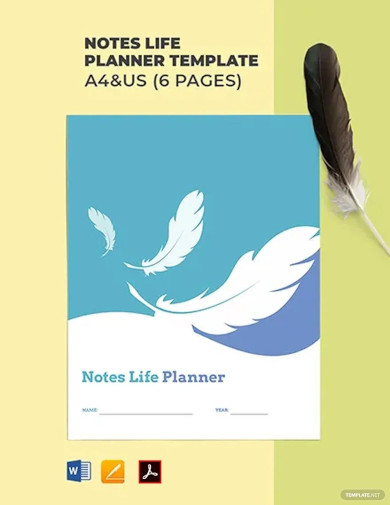
Free Notes Life Planner
download now -

Cornell Notes Taking
download now -

Promissory Notes
download now -

Calendar Notes
download now -

Credit Notes
download now -

Planner Notes
download now -

Outline Notes
download now -

Background Notes
download now -

Design Notes
download now -

Taking Notes
download now -

Simple Meeting Notes
download now -
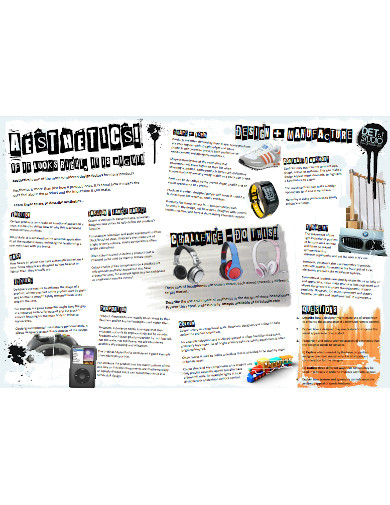
Aesthetic Notes
download now -

Patient Nursing Notes
download now -

Nursing Notes
download now -
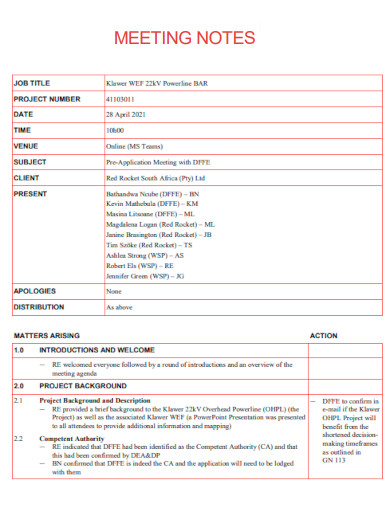
Visual Meeting Notes
download now -

Teacher Meeting Notes
download now -

Staff Meeting Notes
download now -

Cornell Notes Outline
download now -

Bibliography Notes
download now -

Writing Thank You Notes
download now -

Thank You Notes Tips
download now -

Weekly Planner with Notes
download now -

Student Absences Doctor Notes
download now -

Doctor Notes on Covid-19
download now -
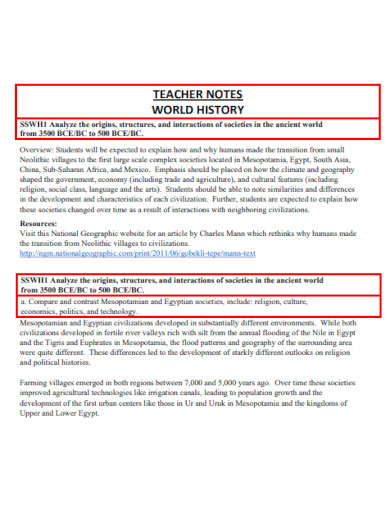
World History Teacher Notes
download now -

Bill of Rights Notes
download now -

Notes on Beauty
download now -

QR Codes Notes
download now -
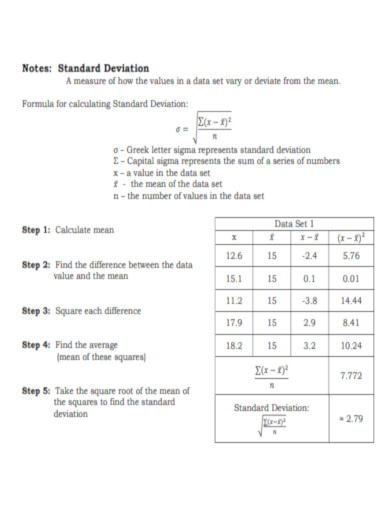
Standard Deviation Notes
download now
FREE Note s to Download
34+ Sample Notes
What are Notes?
Types of Notes
How to Write Notes Effectively
FAQs
What are some aesthetic free printable blank paper options for note-taking?
How can different types of notes enhance your note-taking experience?
Are there any email templates available for taking notes during online meetings?
How can the Cornell note-taking method improve your study habits?
What are some examples of note formats for different purposes?
What are Notes?
Notes are succinctly written records that serve as valuable aids in capturing and retaining essential information and recalling knowledge effectively used by diverse individuals and groups. They serve as a practical means to capture and preserve essential details, insights, and ideas. Whether jotting down meeting minutes, outlining study material, or tracking project progress, notes offer an organized and efficient way to preserve information. Basic elements of notes typically include key points, summaries, and supporting details, all presented in a clear and concise manner. There are various formats tailored to specific needs, such as meeting notes for recording discussions, Cornell notes for structured learning, calendar notes for scheduling, and software release notes for documenting product updates. These formats help streamline communication, foster collaboration, and promote better information retention.
The significance of sample notes extends far beyond mere record-keeping; they offer substantial benefits to individuals and groups across various domains. According to a recent study by ProductivityToday, students who regularly take notes achieve 15% higher grades than their peers who do not engage in note-taking practices. This is attributed to the act of summarizing and organizing information, which reinforces learning and comprehension. For project managers and professionals, notes play a pivotal role in maintaining focus, as 78% of them reported that keeping structured notes helped them stay on track and meet deadlines effectively (source: ProjectSuccessReport). Additionally, the power of notes extends to collaborative efforts, with 89% of teams experiencing improved communication and project outcomes through meticulous note-taking (source: TeamworkTrends). By leveraging the benefits of sample notes, individuals and groups can harness the potential of their collective knowledge, enhance decision-making, and pave the way for continued growth and achievement.
Types of Notes
Explore the diverse world of note-taking through various types of notes designed to cater to specific needs and situations. From concise meeting notes to comprehensive Cornell notes, discover the best formats to enhance organization, comprehension, and productivity in your daily life and professional endeavors.
How to Write Notes Effectively
Master the art of effective note-taking with these essential strategies. Discover practical tips on active listening, choosing the right format, using abbreviations, and summarizing key points. Elevate your note-taking skills to boost productivity and retention in any setting.
Step 1: Active Listening
Engage in active listening. Stay attentive and focused during lectures, meetings, or conversations. Key phrases, main points, and supporting details are crucial to capture accurately. Avoid distractions, take concise notes, and seek clarification when needed to ensure comprehensive understanding.
Step 2: Choose a Suitable Format
Select a note-taking format that suits the context and purpose. Consider using Cornell notes for structured studying, meeting notes for discussions, or mind maps for brainstorming sessions. Each format provides a unique approach to organizing information, enhancing retention, and aiding in later review.
Step 3: Use Abbreviations and Bullet Points
To maximize efficiency and speed, adopt abbreviations and bullet points in your notes. Utilize common abbreviations for frequently repeated words and phrases. Bullet points help condense information while maintaining clarity and structure. This approach allows for faster note-taking without sacrificing essential details.
Step 4: Review and Summarize
After note-taking, review your notes promptly. Summarize the key points in a separate section for quick reference. Organize your notes logically, making it easier to recall and comprehend later. Regularly revisiting and summarizing your notes reinforces learning and aids in long-term retention.
FAQs
What are some aesthetic free printable blank paper options for note-taking?
There are several options available for those seeking aesthetically pleasing blank paper and notebook paper for note-taking. Some popular choices include minimalist designs with clean lines and ample space for writing. Floral patterns and vintage-inspired designs are also popular for those looking for a more artistic touch. These printable papers can be easily downloaded and printed, allowing users to customize their note-taking experience to suit their personal style.
How can different types of notes enhance your note-taking experience?
Different types of notes can enhance the note-taking experience in various ways. For instance, summary notes can help condense large amounts of information into key points, making it easier to review and study later. Mind maps or concept maps can visually represent relationships between ideas, aiding in understanding complex topics. Outline notes can provide a structured format for organizing information, while flashcards can assist in memorization. By utilizing different types of notes, individuals can cater to their learning preferences and improve their overall understanding and retention of information.
Are there any email templates available for taking notes during online meetings?
While there may not be specific email templates or email memo templates for note-taking during online meetings, there are some best practices to follow. When sending meeting notes via email, it is important to include a clear subject line that indicates the purpose of the email. The body of the email should summarize the main points discussed during the meeting, including any action items or decisions made. It can also be helpful to attach any supporting documents or presentations discussed during the meeting. By following these guidelines, meeting notes can be effectively shared with attendees and serve as a reference for future discussions and follow-ups.
How can the Cornell note-taking method improve your study habits?
The Cornell note-taking method is a systematic approach that can greatly improve study habits. It involves dividing the note paper into three sections: a narrow left column for cues or key questions, a wider right column for main notes, and a bottom section for summarizing the main ideas. This method encourages active listening and engagement during lectures or readings. By summarizing and reviewing the main ideas in the bottom section, students can reinforce their understanding and retention of the material. The cues in the left column also serve as useful prompts for reviewing and self-testing. Overall, the Cornell note-taking method promotes effective organization and comprehension of information.
What are some examples of note formats for different purposes?
Note formats can vary depending on the purpose and content. For meeting notes, a structured format with sections for agenda, attendees, discussion points, and action items can be effective. Summary notes may follow a bullet-point format, highlighting key points and main ideas. Mind maps or concept maps use a visual format, with central ideas branching out into related concepts. Flashcards typically have a question or term on one side and the corresponding answer on the other. These are just a few examples, and note formats can be tailored to suit individual preferences and the specific content being documented.
Effective note-taking is a powerful tool that can greatly enhance our learning and organization. By unlocking the power of sample notes and utilizing proven strategies, we can improve our retention, understanding, and productivity. Whether it’s in meetings, studying, or daily planning, taking comprehensive and well-structured notes allows us to capture key information and refer back to it when needed. So let’s embrace the art of note-taking and unlock its full potential for personal and professional success. Easily download and use our sample note templates and other PDF document samples for note-taking such as DAP notes.
